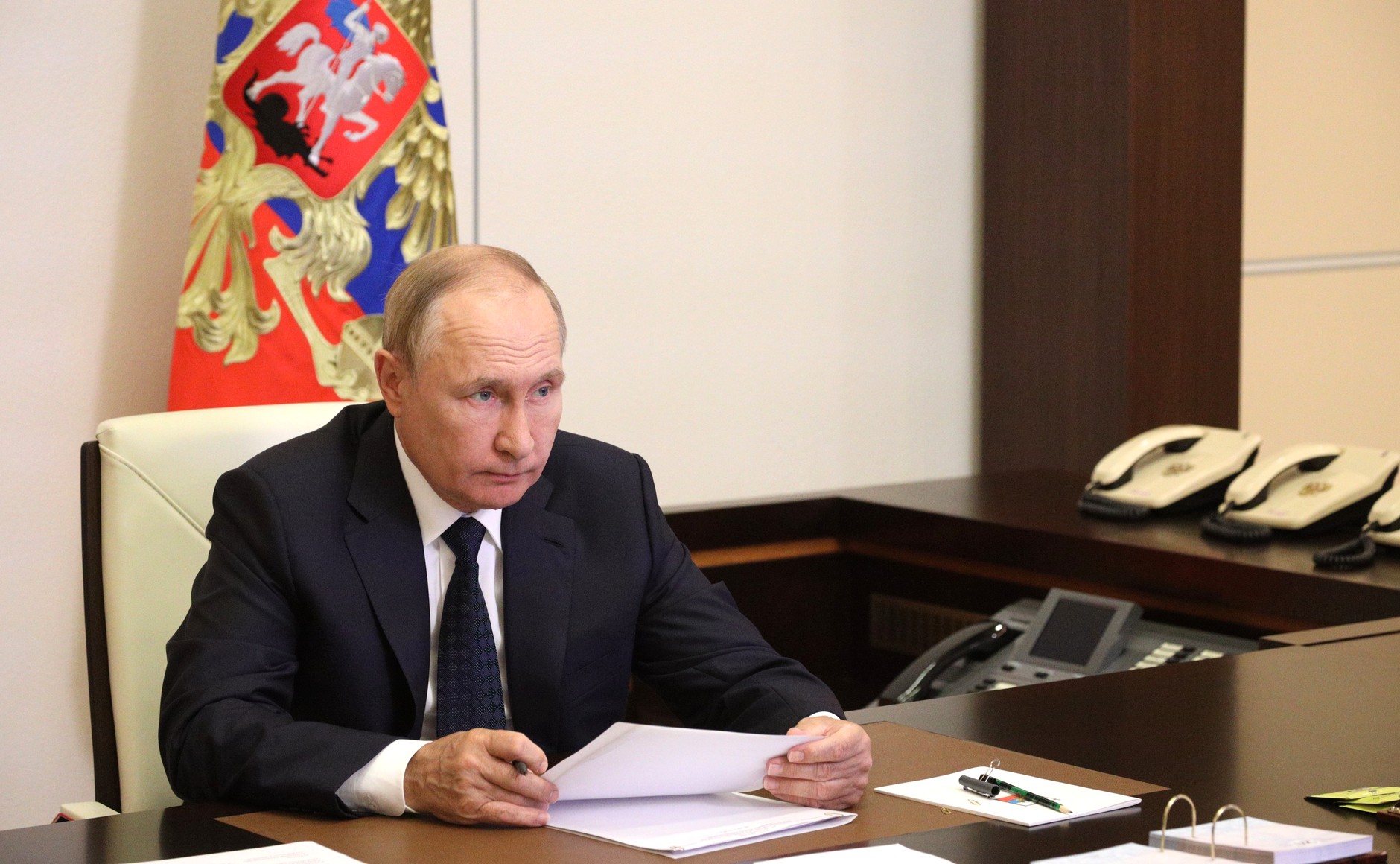 News
NewsRussian President Vladimir Putin on Thursday signed a decree ordering the expansion of his country’s armed forces to upwards of two million. In accordance with the decree, the military will expand by some 137,000 soldiers, bringing the total number of service members to just over 1.15 million, and swelling the ranks of the military personnel to nearly 2.04 million. The order will take effect in January 2023.
The move comes six months after Russia launched an unprovoked invasion of Ukraine. Putin had reportedly expected a swift victory over Russia’s southwestern neighbor, despite Moscow’s recent history of consistently losing ground in efforts to keep Ukraine under its thumb. As the conflict wears on and casualties mount on both sides, it would be easy to assume the decree aims to shore up Moscow’s military manpower as its forces prepare to dig in for a lengthy war. But analysts highlighted the fact that Russia’s logic is not immediately clear.
Dara Massicot, a researcher at the Rand Corporation specializing in Russian defense policy, suggested the aim of the decree could be related to the country’s conscription pool size. “I wonder if this will mean a larger draft. If that’s what it means— and it’s too early to say — it would be a major walk back for the last 15-20years of personnel policy,” she wrote via Twitter, adding: “Expansion like this is a move you make when strategic forecasts for the future inside the General Staff are gloomy, or you have a longer term conflict or project in mind.”
Michael Kofman, Director of Russian Studies at the CNA think tank, suggested the move could relate to draft size or mobilization plans, but warned that ultimately it is too early to predict the overarching aim with any certainty: “The order in my view does not necessarily presage a larger draft, or greater mobilization – it could, but it may be a way of accommodating the various current recruitment efforts to create additional volunteer battalions in the force, and build in room for force expansion … My general view is that this is a procedural raising of the ceiling cap. One can speculate on how they intend to fill it, or if they can fill it given the problems with recruitment and retention. But I’d take care settling on one specific explanation at this point,” he Tweeted.
Rob Lee, a PhD student at the King’s College London Department of War Studies and a former US Marine, suggested the decree may lack practical significance given various structural and political impediments at play. “The official [number] for servicemen in the Russian military was previously more than 1 million but the actual size was ~850k. There is no easy way for Russia to increase its size at this point, other than simply declaring LDNR [ed: the armed forces of Eastern Ukrainian breakaway regions, the Donetsk and Luhansk People’s Republics], Wagner [ed: the Wagner Group — a feared Russian paramilitary organization], or volunteer units part of the Russian military,” he Tweeted. Noting logistical difficulties with drafting more soldiers to replace the number of officers and NCOs Russia has already lost in battle, Lee added: “Russia isn’t producing enough officers either. That is why I thought Russia would try to keep this war as short as possible, and why it was such a mistake for Putin to not walk away from the war in March with some reduced concessions.”

